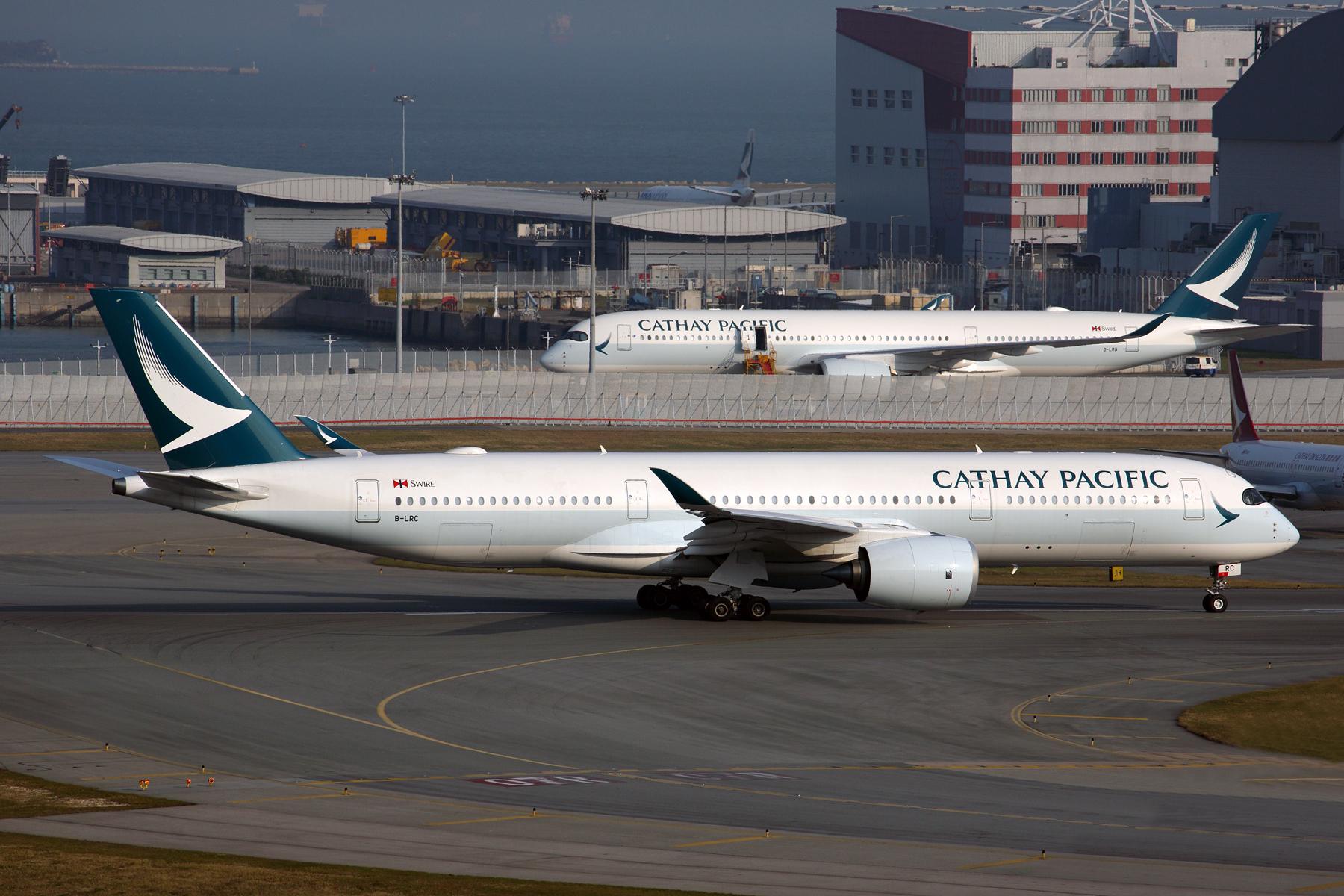
The Hong Kong government has announced it will remove a flight suspension measure that had been a source of frustration for overseas and local airlines.
The airline said it “has been working progressively to resume more passenger and cargo flights,” pointing to “the latest series of [government] adjustment measures.”
Hong Kong’s government said the flight suspension rule would be shelved with immediate effect, until further notice. However, some other restrictions remain in place, including a seven-day hotel quarantine period for most passengers. Pre-departure and post-arrival testing will also still apply.
IATA said the removal of the flight suspension measures is “a big step forward,” adding it “provides certainty for both airlines and their passengers on the flights that will be operated to and from Hong Kong.”
The industry group noted that the need for pre-departure PCR tests is an inconvenience, and it also urged the Hong Kong government to eventually end quarantine requirements.
The government had previously made adjustments to gradually reduce the duration of the flight suspensions.
For example, in March the government shortened the suspension period from 14 to seven days. Cathay raised frequencies on certain routes in response to this move.
At the time, the government stressed that reducing the suspension duration represented a streamlining of the existing rule, and said the time was not right to remove it entirely.





